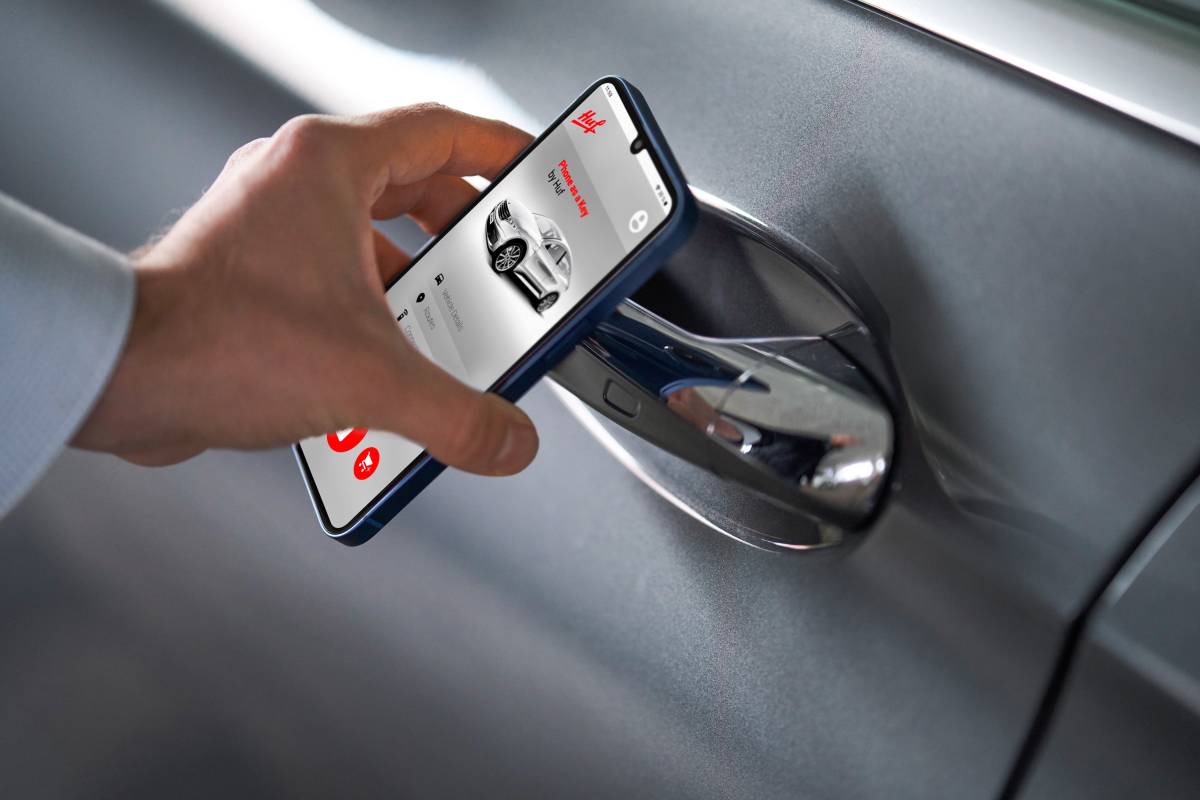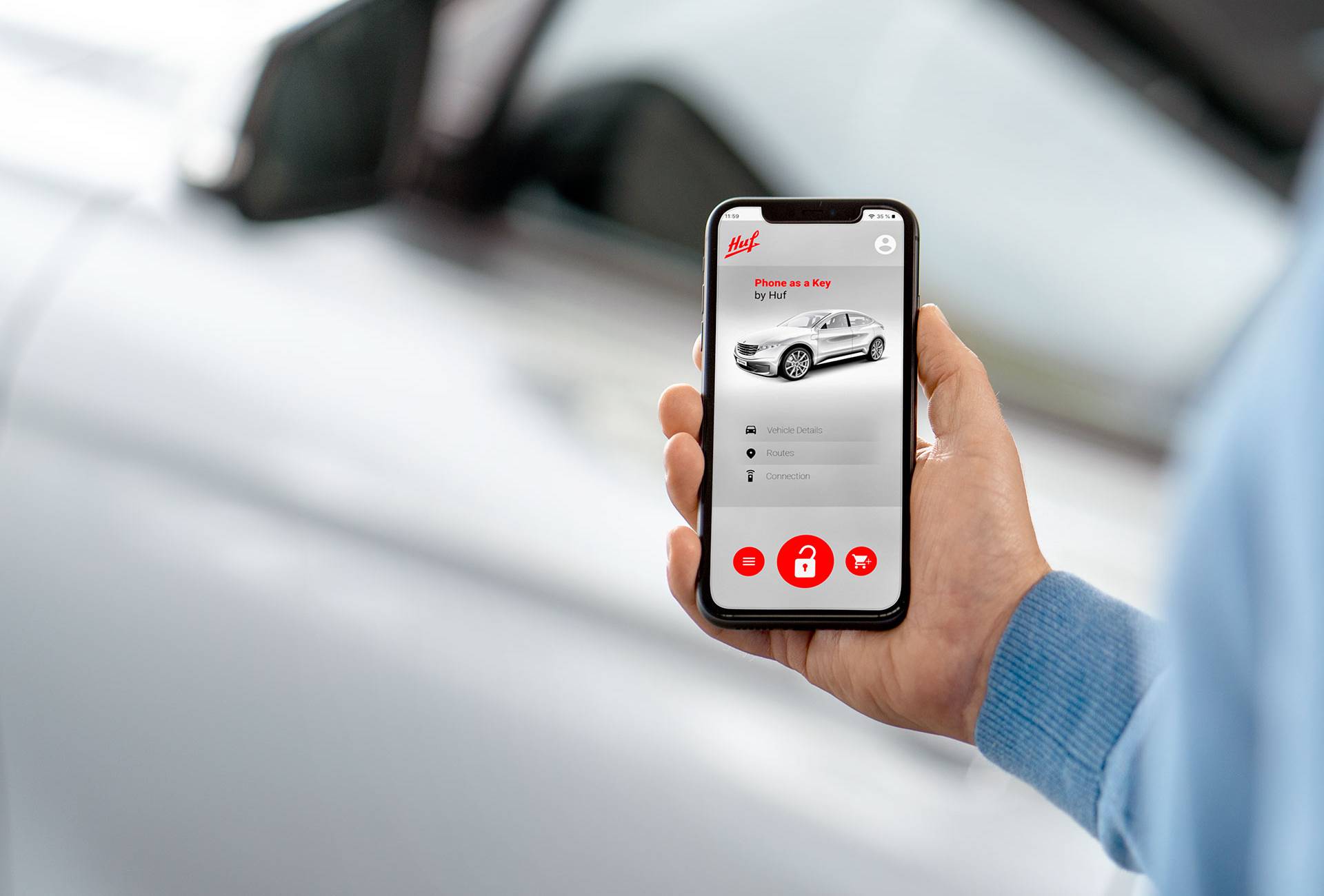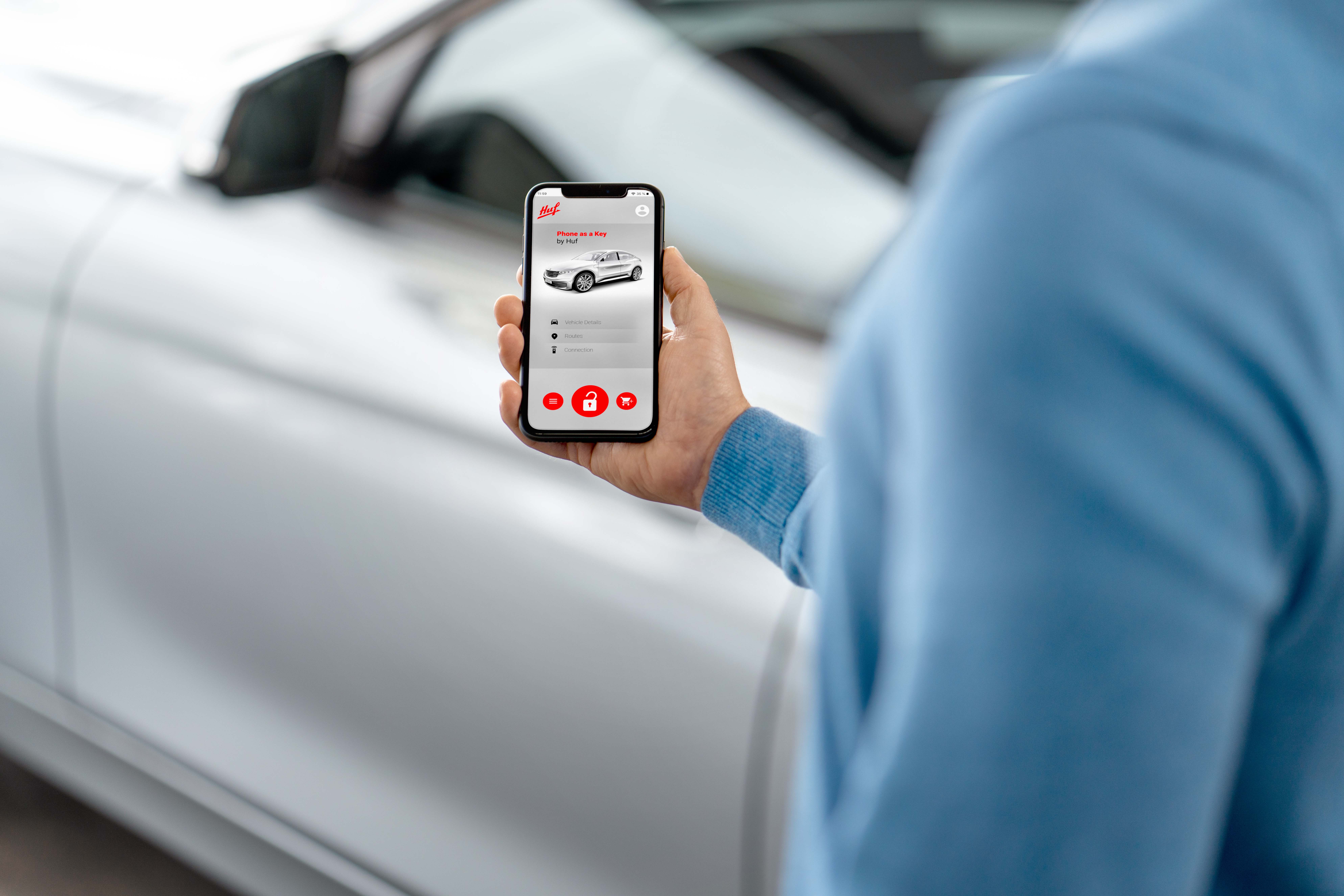The smartphone as Key: Unlocking the Future of Access
The humble key, a symbol of security and ownership for millennia, is undergoing a radical transformation. From physical metal to digital signal, the smartphone is rapidly emerging as the ubiquitous key to our lives. This evolution, driven by advancements in wireless technology, security protocols, and the ever-increasing capabilities of our mobile devices, promises to redefine how we interact with our physical and digital environments.
The concept of using a smartphone as a key isn’t entirely new. Proximity-based access systems, utilizing technologies like Bluetooth Low Energy (BLE) and Near Field Communication (NFC), have been around for some time. However, recent advancements have significantly broadened their scope and reliability, paving the way for widespread adoption.

Bluetooth Low Energy (BLE): The Range and Versatility
BLE, with its low power consumption and relatively long-range capabilities, has become a cornerstone of smartphone-based access. It enables seamless communication between smartphones and compatible devices, such as car doors, smart locks, and even building access systems. The ability to control access from a distance, without needing to physically touch a reader, offers unparalleled convenience.
Near Field Communication (NFC): The Secure Proximity
NFC, while limited in range, provides a highly secure and reliable method for proximity-based authentication. Its short-range nature makes it less susceptible to interception, making it ideal for applications requiring high levels of security, such as payment systems and secure access to sensitive areas.

Ultra-Wideband (UWB): The Precise Location Awareness
UWB technology, with its ability to pinpoint location with centimeter-level accuracy, is revolutionizing smartphone-based access. Unlike BLE and NFC, which primarily rely on signal strength, UWB uses time-of-flight measurements to determine precise distances. This allows for features like passive entry, where a car automatically unlocks as the user approaches, without requiring any interaction with the smartphone.
Cloud-Based Key Management: The Centralized Control
The integration of cloud-based key management systems is crucial for the widespread adoption of smartphone keys. These systems allow for secure storage, distribution, and revocation of digital keys. They also enable features like remote access control, temporary key sharing, and detailed audit trails.

The potential applications of smartphone keys extend far beyond traditional access control scenarios.
Automotive: The Keyless Driving Experience
The automotive industry is at the forefront of smartphone key adoption. Manufacturers are increasingly integrating smartphone-based access into their vehicles, offering features like keyless entry, remote start, and personalized driver profiles. UWB technology is further enhancing this experience, enabling seamless passive entry and precise location-based features.
Residential and Commercial Access: The Smart Building Revolution
Smart locks, controlled via smartphones, are becoming increasingly popular in residential and commercial settings. They offer enhanced security, convenience, and remote management capabilities. Building access systems are also evolving, with smartphone-based solutions replacing traditional key cards and fobs.
Hospitality: The Seamless Guest Experience
Hotels are leveraging smartphone keys to provide a seamless and personalized guest experience. Guests can use their smartphones to check in, access their rooms, and control in-room amenities, all without needing to interact with a front desk.
Enterprise Access: The Enhanced Security and Efficiency
In enterprise environments, smartphone keys offer enhanced security and efficiency. They can be integrated with existing access control systems, providing granular control over access permissions and detailed audit trails. This can significantly improve security and streamline operations.
Shared Mobility: The Flexible Access to Assets
Shared mobility services, such as car sharing and bike sharing, are increasingly relying on smartphone keys to provide flexible and convenient access to assets. Users can easily unlock and lock vehicles using their smartphones, without needing to manage physical keys.
As with any digital technology, security is a paramount concern for smartphone keys.
Secure Element (SE): The Hardware-Based Security
Smartphones typically include a secure element, a dedicated hardware component that provides a secure environment for storing and processing sensitive data, such as digital keys. This helps to protect against software-based attacks and unauthorized access.
Biometric Authentication: The Layered Security
Biometric authentication, such as fingerprint and facial recognition, adds an extra layer of security to smartphone keys. This ensures that only authorized users can access and use the digital key.
Encryption and Secure Communication: The Data Protection
Strong encryption and secure communication protocols are essential for protecting digital keys and access credentials during transmission and storage. This helps to prevent interception and unauthorized access.
Trusted Execution Environment (TEE): The Isolated Processing
The TEE provides an isolated execution environment within the smartphone’s processor, where sensitive operations, such as key management and authentication, can be performed securely.
Despite the significant advancements, several challenges remain in the widespread adoption of smartphone keys.
Interoperability and Standardization: The Seamless Integration
Lack of interoperability and standardization across different platforms and devices can hinder the seamless integration of smartphone keys into various systems. Efforts are underway to develop industry standards that will address this issue.
Battery Dependence: The Contingency Planning
Smartphone keys are dependent on battery power. Contingency plans are needed to address situations where the smartphone battery is depleted. This may involve providing alternative access methods or integrating low-power backup systems.
User Adoption and Education: The Familiarity and Trust
User adoption and education are crucial for the widespread acceptance of smartphone keys. Users need to be educated about the benefits and security features of this technology.
Privacy Concerns: The Data Protection and Control
Privacy concerns related to data collection and tracking need to be addressed. Transparent and user-centric privacy policies are essential for building trust and ensuring responsible data management.
The Evolution of Authentication: Beyond the Smartphone
While the smartphone is currently the primary platform for digital keys, the future may see the emergence of other form factors, such as smartwatches, wearables, and even implanted chips. The evolution of authentication technologies, such as continuous authentication and behavioral biometrics, will further enhance security and convenience.
The smartphone key represents a paradigm shift in access control, offering enhanced security, convenience, and flexibility. As technology continues to advance, we can expect to see even more innovative applications of this technology, transforming how we interact with our physical and digital environments. The journey from metal key to digital signal is not just a technological evolution; it’s a fundamental shift in how we perceive and manage access, unlocking a new era of seamless and secure connectivity. The future of access is digital, and the smartphone is poised to be the key to unlocking it.



